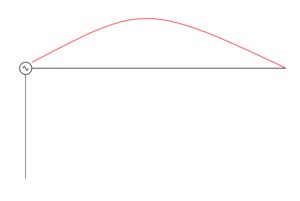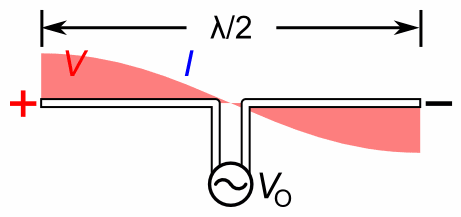In a recent article I discussed how InsertionLoss implies InsertionVSWR in lossless devices.
This article looks at measurements of a few antenna switches at hand.
Daiwa CS-201G II
It is difficult to find comprehensive data on the very popular Daiwa CS-201 series switches.
Above is the data from the packet of one of these switches, a CS-201G II. The specifications are pretty loose, and one must depend on one’s own measurements.
Above, the CS-201G II, a basic CS-201 series switch with N connectors, advertised as useful to 2000MHz where InsertionLoss is given as 1.2dB (or better?). If there were no TransmissionLoss in the switch, that would imply InsertionVSWR=3.6, but there is probably some significant TransmissionLoss and InsertionVSWR would be somewhat less. Nevertheless, IMHO InsertionLoss=1.2dB indicates it as unsuitable such frequencies. Continue reading Ratings of coax antenna switches







